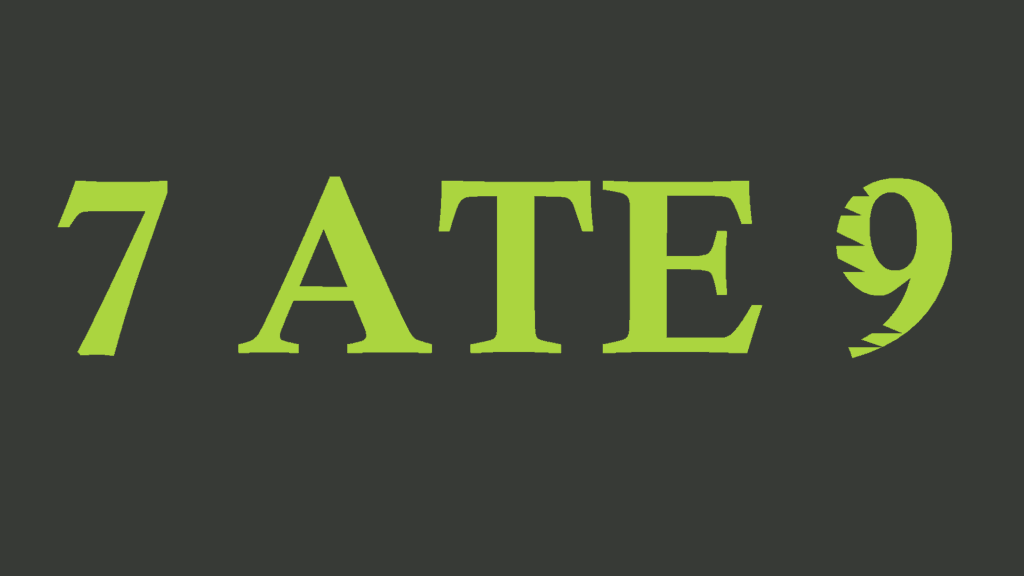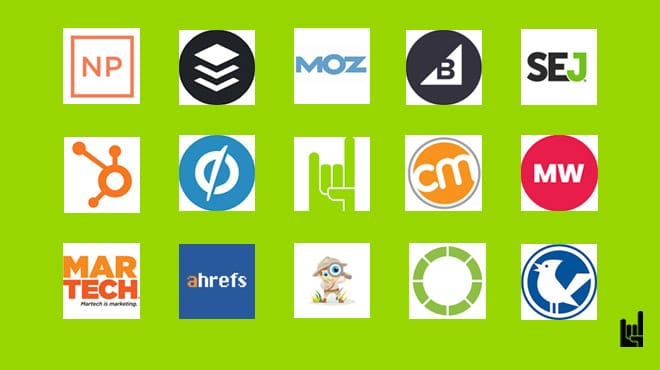It’s about putting the right words in the right place with one purpose: to persuade and as a result – sell. Of course, most people do not engage in a selling activity per se, but when they want something done, they do sell what is most important to them: themselves.
When you want to write an admission letter for the college you want to go or an email to an unsatisfied client. A cover letter for that job you wish, or an email to your car insurance company that coincidentally forgets it ensures you every time something goes wrong. For the good and the bad, you will have to get your point across.
And this is how you do it.

1. Study the Product
Before anything else, before writing a headline even, you have to do some research.
Prior to writing words that sell, you have to know what is it that you are selling.
You probably know about the Unique Selling Point (USP): A USP refers to the unique benefit exhibited by a company, service, product, or brand that enables it to stand out from competitors. The unique selling proposition must be a feature that highlights product benefits that are meaningful to consumers.
Is what you offer cheaper than the competition? Better in any way? Maybe it’s innovative? Let people know why they should choose you. Show how your product or service will help them. USP is vital indeed but you ought to extract more information from the product you are studying.
To make that happen, you have to give the answer to some questions. If you can’t do that, then you don’t know things you probably should. Knowledge is power and in our case, knowledge helps you have a clear picture of what you want to promote.
Impression should not precede essence – they should go hand in hand. Copywriting compliments the utilities of a product, so you have to know what these utilities exactly are.
Here’s a great example from Aura, an optimization tool for FBA sellers:

Ask the right questions and write down the answers. Actually writing some answers down is proof that you know about the product rather than believing you know about the product.
As an example, these would be my answers if I were asked to make some copies for our sister company Viral Loops.
What is the product about?
Viral Loops is a viral and referral marketing platform to launch ranking competitions, sweepstakes, pre-launch, and referral programs.
What is the biggest benefit it provides?
Viral campaigns with less effort than ever before: Referral programs, Viral giveaways, and Pre-launch campaigns in a single platform.
What pain does it alleviate?
- Complexity
You can create and run efficient viral & referral campaigns in a few clicks. Something that once was complex, expensive and painful (creating, implementing and running a referral campaign) has now been made simple. - Technicality
Forget about your lack of coding skills because those are irrelevant now. You don’t have to know how to create a webpage or pay anyone to do that. - Time
The product saves you valuable time. What used to be a matter of days is now a matter of minutes.
What features are included and what are the benefits of each?
- Sidebar Editor
Customizable assets and which work with all the templates.
- Full Integration
You can integrate the product with a number of other platforms (WordPress, Squarespace, Facebook, Shopify, Woocommerce i.e.) to get the most out of it. - Preview Mode
You can see exactly how your campaign will look like on your page before launching it.
2. Lead With Your Strongest Point
So you opened with a bang, you wrote your subheading… now what?
There is, or used to be, a debate about whether you should leave the best point for last. You shouldn’t. The only case for this is that of a final impression, like a dessert. But this is not a buffet and even if this psychological trick actually works, it’s not worth the risk.
Prepare your content. Collect all your points and prioritize from most beneficial to less. Don’t bury your unique selling point under a dozen paragraphs. Make it #1 so it can stand out above and before anything else.
Don’t assume your audience will listen, in contrast, convince them that they must. Instead of building up to their strongest point, try leading with it.
It should be used as the bait that will hook the reader from the start, not as a last resort to make an impression.
3. It All Starts With a Headline
You know the old saying: You never get a second chance to make a first impression on someone. Now if that someone is on the internet, their attention span is not greater than their beloved dog. So you better be heard, or not be read.
If there’s no first step, chances are there won’t be a second. If you indeed crafted a compelling copy, that’s fine and everything, but make sure that you can persuade someone to read it.
Your purpose is to get the reader’s attention and get them to read your headline. And the sub-headline. Then, the first sentence of your body copy. And the second. And the third. All the way down to your call to action.
Depending on the industry and the brand, the writer, and the audience, every copy is different. Some techniques though unarguably work. They work because if they didn’t, then who generates millions upon millions of views on content with titles that use these very techniques?
- Make them curious
Here’s Why Your Electricity Bill Costs More Than It Should
What Everybody Ought To Know About Net Neutrality
The Truth About Brexit
Humans are curious in their nature – use their psychology to your advantage.
- Use numbers
The Top 5 Destinations Near Athens for the Weekend
3 Easy Tricks to Learn to Your Dog
100k Subscribers in 9 months. You Are Next
Numbers imply a concise and specific article. Also, if the number is interesting in itself, that’s a win.
- Use eye-catching adjectives
Free Tango Lessons
The Essential Guide for Backpacking
The Worst Things Found In The Back Of a Taxi
Pretty self-explanatory.
4. Learn about your audience
So, you want to sell something to your audience.
Great, do you know enough about what you are selling? What about your audience?
You have to know to whom you are selling the product/service.
Even in this section, it should be about the client. What do I mean:
Company Inc. provides you with a new internet connection, 20% off!
Do you think you should pay less for your internet connection?
We do. Enjoy 20% off with Company Inc!”
See the difference?
Don’t make it about you because the hard truth is that your audience doesn’t really care about your company.
Show empathy towards the reader.
Then show how your product or service will help them.
If you want to sell, then you better give a good reason why should anyone buy.
Who are you writing for? What are their age and where do they live? What are their desires? Which products or services have they purchased from you in the past? Why?
A student would like to see how you can save him money. A business exec would rather encounter an ad in which the product or service saves him time.
Ensure you’re creating the right content for the right people. The more you know about your audience, the more relevant your copy will be. Your voice, style, and word choice should take into consideration your target audience, without alienating your potential one.
5. Tell a Story
“Be a storyteller”. You may hear that a lot lately, regardless of your Dungeons & Dragons sessions. What does it mean though?
Storytelling is about selling through a believable story, using sheer reliance on emotion.
Is this something new? No, it’s not. Let’s go back to 1926 and review a classic:

That guy, who in the end was not laughed at, was John Caples. And this copy was what launched John Caples’ career, which a few decades later landed at the Advertising Hall of Fame.
At first sight, Mr Caples doesn’t want to sell anything. He just wants to share his story.
He tells us about how he was at a soirée and he sat at the piano to play. He takes his time to tell us about how he caught everyone by surprise, for he was not known to play the piano. The, he goes on about how he nailed it and that no one could believe that he had become so skilful so fast – and without a teacher. It is only then, after two whole columns, that he reveals the product and urges the reader to try it out etc.
And this is how you tell or sell a story.
A cliffhanger headline, suspense, a body copy that doesn’t want to sell you anything – but it’s 100% about the product and your call to action.
6. Grammar
Let’s talk grammar.
i Verbs
Modern art is bad.
Modern art sucks.
The impact of a verb is no match for an adjective. Don’t be fooled, it’s not the word “sucks” that made it interesting, by being provocative. Here’s another one:
It’s odd that no one waits for their turn.
It strikes me that no one waits for their turn.
Verbs communicate the message directly. We empathize more with a verb. Verbs mean action. Action means interest. Interest means keeping your readers reading.
Verbs, adverbs, nouns, and adjectives are all guns of your arsenal. You need to know when to draw what. It so happens that verbs are the MINIGUN.
ii Active Voice
Like with verbs and adjectives, an active voice is stronger than a passive voice.
A new product was released by our company.
We released a new product.
Pretty straightforward.
iii Tense / Person
Use present tense, second person.
It’s what you read right now!
Directness. Directness. Directness.
iv Poetic License
From time to time, give grammar a break.
It’s ok to use abbreviations and contractions. Sometimes it’s rad to use slang. And it’s fine to start a sentence with “And” or “But”.
You are crafting a compelling copy, not your thesis. Loosen up, but not too much; you don’t want to get your license taken away completely.
7. Make Your Copy Visually Appealing
Reading through an aesthetic mess should be considered an extreme sport. And most people don’t do extreme sports. A visually attractive copy serves a similar purpose to the good headline we talked about before. If the reader is tired of what they see, they will look elsewhere. Keep them hooked with:
- A nice font
- Headings and Subheadings
- Good-Looking Page Templates
- Short Paragraphs
- Bullets, Numbers, Lists
- Bolding, Italicizing, Underlining
- Pictures, GIFs, Videos, Infographics
If you feel even slightly baffled considering your designer skills, you shouldn’t be. Because here’s how you can create brilliant free images without being a designer.

8. Take Notes
Remember when you had an idea that came to your head like a cannonball, but when you tried to recall it, it was nothing but a forgotten golf ball? That’s because you didn’t write it somewhere!
I can’t stress this enough: Keep notes! Whatever comes to your mind that seems like a good, funny, authentic idea, write it down. There are no excuses here. Have a notebook on your desk, by your bed, and in your bag. Sounds too romantic? Maybe it is, but this is where your phone comes into play.
Apply this to the work of others, too. I remember standing in a supermarket aisle, but instead of going on with my shopping, I was writing down the body copy from an olive oil label. And it wasn’t even extra virgin.
From time to time, ask yourself: Why did you slow down to read the whole billboard? What made you click on a headline while surfing? Why did your finger stop on an ad about shampoos while browsing through your dentist’s magazines?
What you will end up with is a lot of ideas in a very dense space. It will be your mental headquarters each time you start something new or simply run out of ideas. It will be a brainstorming Big Bang. Your own hack to crafting compelling copy.

9. Well, Proofreading
Your copy is part of your shop window. If you don’t polish it, you will come across as sloppy, or worse – unprofessional.
What if you were about to step into a café and noticed that the door was dirty and the rug was a mess? You’d contemplate the quality of the coffee you’re about to get, right? Almost. Before the mere thought of it, you would first feel that something is off with this place.
A feeling is faster than a thought.
And feelings usually go away harder than they come. You will have to give the reader/customer a very good reason, later on, to give you a second chance.
Proofreading is not optional – it’s a necessity.
So, how are you going to fulfill that necessity?
- A spell-checker is fine. But not enough. A spell-checker will eventually betray you. When you’re finished writing your copy, take a few looks again with your own eyes.
- If what you write is going to be published in Print, print it first and proof from paper as well. That’s an extra safety valve because… better safe than sorry.
- Given the opportunity, proof after a couple of hours or the next day even. Your brain will not take many things for granted, which is the root of many mistakes regarding proofreading.

I write for GrowthRocks, one of the top growth hacking agencies. For some mysterious reason, I write on the internet yet I’m not a vegan, I don’t do yoga and I don’t drink smoothies.




